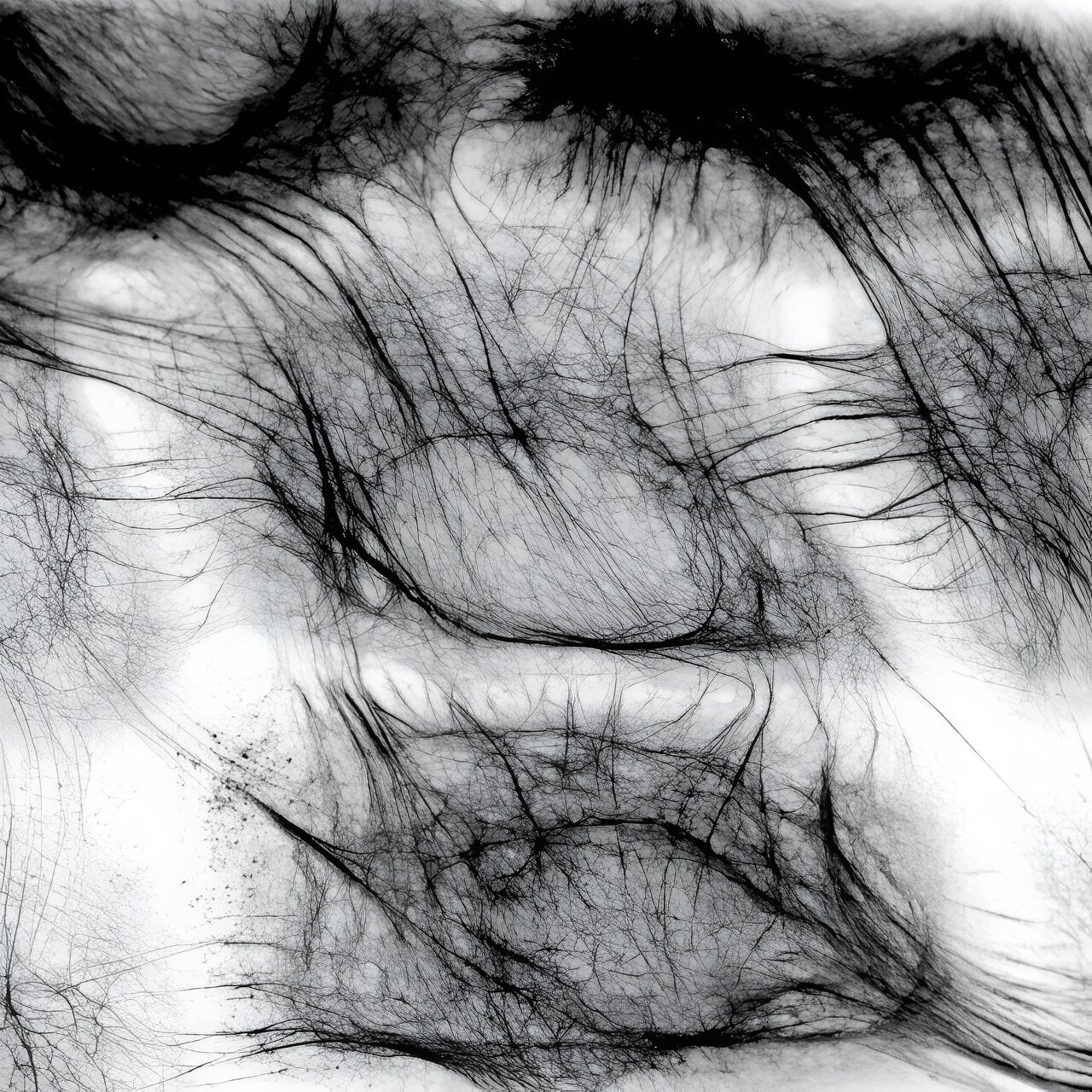
An extensive family of proteins that gives human skin mechanical strength also appears to organize molecular signals that control skin cell activity, a study led by UT Southwestern Medical Center researchers shows. The team’s findings, published in Developmental Cell, could lead to new ways to fight a host of skin diseases, including ulcers and skin cancer.
“It’s never been clear why skin needs this many proteins and their complicated expression pattern just to provide mechanical strength. People have been very interested in what else these proteins might do, and we’re finally starting to get answers,” said first author Benjamin Nanes, M.D., Ph.D., Assistant Professor of Dermatology and in the Lyda Hill Department of Bioinformatics at UT Southwestern.
Dr. Nanes led the study under the mentorship of Gaudenz Danuser, Ph.D., Chair and Professor of Bioinformatics and Professor of Cell Biology, who served as the study’s senior author.
Dr. Nanes explained that skin gets its mechanical strength from keratin intermediate filaments (KIFs), rope-like proteins that crisscross the interior of skin cells and form connections between cells. This family of proteins includes 54 members, which the cells produce in different combinations depending on circumstances.
For example, when skin becomes wounded, it increases the abundance of KIFs known as K6A, K6B, K6C, K16, and K17 in higher proportions than other KIFs. However, because the skin’s strength remains roughly the same despite different circumstances, the need for so many different members in the KIF family and the way changes in their relative abundance affect processes like wound healing have been unclear.

Scientists often study the roles of specific proteins by mutating or deleting the gene responsible for making them. However, Dr. Nanes said, studying KIFs using this strategy would just weaken skin, making it impossible to separate their role in providing mechanical strength from other possible jobs they have.
To avoid this drawback, he and his colleagues genetically engineered two batches of skin cells: one made more of the wound-associated KIF K6A and another made more of a KIF associated with intact skin, known as K5. After allowing these cells to grow into skin organoids that formed layers typical of natural skin, the researchers compared how the cells in each of these organoids behaved.
They found that the cells with higher K6A migrated more readily than cells with higher K5, allowing them to better close wounds generated in the skin organoids. However, cellular migration depends on different proteins called myosin motors that generate the forces needed for traction. The operation of myosin motors is not directly connected to KIFs.
Investigating further, the team showed that the relative abundance of K6A changed the operation of a molecular switch that activates myosin; more K6A triggered more myosin to turn on, which prompted cells to roam. Less K6A prevented these motors from starting.
Although it is not completely clear why K6A is able to switch on myosin more effectively, Dr. Danuser speculated that different KIFs might serve as venues where molecules involved in cellular control can congregate and form the complexes necessary to switch certain activities on or off.
“By acting as platforms on which different signaling molecules come together, KIFs could increase the chances that these molecules will meet to trigger various functions in cells,” he said.
Dr. Nanes plans to test this hypothesis in future studies and investigate other molecular switches that might rely on KIFs.
More information:
Benjamin A. Nanes et al, Shifts in keratin isoform expression activate motility signals during wound healing, Developmental Cell (2024). DOI: 10.1016/j.devcel.2024.06.011
Provided by
UT Southwestern Medical Center
Citation:
Proteins for skin strength also control cell signaling, study suggests (2024, August 21)
retrieved 21 August 2024
from https://phys.org/news/2024-08-proteins-skin-strength-cell.html
This document is subject to copyright. Apart from any fair dealing for the purpose of private study or research, no
part may be reproduced without the written permission. The content is provided for information purposes only.
